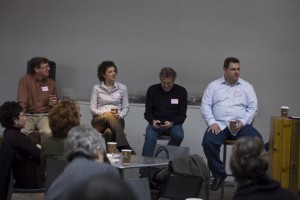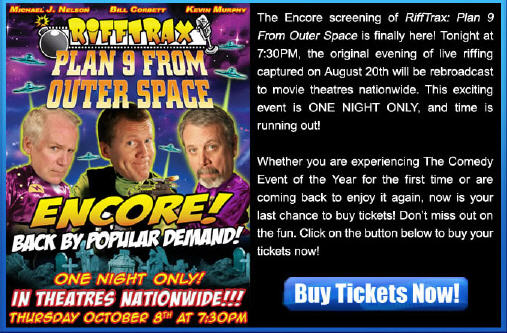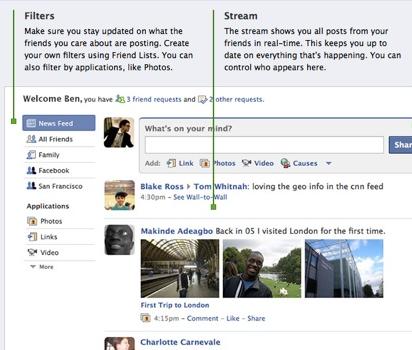An inflection point is a term from calculus. It’s a place where a charted curve changes direction. Inflection points make interesting charts. They can also be harrowing for passengers zooming along the curve, hanging on for dear life. Just ask today’s struggling newspapers, publishing houses and record labels. Many would tell you that passing an inflection point is as fun as passing a kidney stone, only it takes longer. But the worst of a harrowing ride may be close to over.
At least for two industries, we may finally be rounding the midway point between mostly analog and mostly digital.
Let’s start with Netflix. I was struck earlier this year to learn that a majority of all Netflix subscribers have streamed at least some content online within the month. This is huge.
True, the delivery of DVDs to customers’ mailboxes is already partly digital. The first “D” in DVD is “Digital.” But reliance on the U.S. Postal Service to deliver those digital packages is fraught with expense and inefficiency; Expensive, because —  to quote Jeff Jarvis — atoms are a drag. And inefficient, because you need a physical warehouse of disks. Only a finite number  of people can watch the same film on the same day.

Then, earlier this week, I read that Amazon is now selling more e-books than hardcovers. The speed of this shift to reading on Kindles, iPads and other e-readers is a surprise even to those who should know better. Amazon says they now sell 180 e-books for every 100 hardcover books. A few months ago it was only 143 for every 100!
This is even more astonishing when you take into account that, according this New York Times article, “Amazon has 630,000 Kindle books, a small fraction of the millions of books sold on the site.”
Change is painful. But the worst pain is cyclical.
Sometimes it feels like the world is racing to a terrible future — similar to the ancient world maps where waters on the outer fringes had sober warnings of sea monsters. But at least from a cultural / technological perspective, call me an optimist. (I don’t speak here of the world’s geopolitical or ecological fate, and don’t get me started!)
I believe the voyage around this and similar inflection points is taking us to a pretty cool place. We just need to hold on tight and be prepared when we hit land. The other side of this curve will be as brimming with opportunity as it is different from the world we know now.


